Area: 765-sq-kms
Altitude:1,300m To 6,100m
Climate : The temperature is extreme here.
Minimum temperature : -5ºC; Maximum Temperature 30ºC.
Languages: Hindi, Himachali, English
Best Time to Visit : April to June and September to November.
State : Himachal Pradesh, in the northern part of India.
STD Code: 01902 (Kullu)
Great Himalayan National Park is located in the upper ranges of Himalayas in the state of Himachal Pradesh India. It is a fine composition of alpine flora and fauna. The park has some very unique features, which you may not find elsewhere in India. A major part of the national park is permanently under glaciers and ice. It is one of the last undisturbed Western Himalayan ecosystems giving shelters to a vast variety of wildlife and forests. The biological richness of the park makes it a bewitching destination in this part of India. Also known as Jawahar Lal Nehru National Park, the region was notified as a national park in the year 1984 t o save the endangered wildlife species of this Himalayan Ecosystem.
o save the endangered wildlife species of this Himalayan Ecosystem.
Tahr in great himalayan National ParkThe great Himalayas have always been a fascination for people around the world and the Great Himalayan National Park is no different. Situated in the Kullu district of Himachal Pradesh, the biodiversity of the park has made it a perfect habitat for some of the most exotic species of flora and fauna found anywhere in the world.
The park and the area around offers a plethora of options for the tourists including bird watching, wildlife viewing, religious pilgrimage, cultural tours etc. The park also has several tourist facilities in the shape of a tourist centre at Sai Ropa and an information centre at Larjee.
While the park remains open throughout the year, the months of April & May is the best time to visit as during that time the snow melts and the conditions are ideal for
 walking and trekking. Winter is the only time when you stand an excellent chance to spot rare animals like the Nilgiri Tahr and the Snow Leopard in the lower reaches of the park.
walking and trekking. Winter is the only time when you stand an excellent chance to spot rare animals like the Nilgiri Tahr and the Snow Leopard in the lower reaches of the park.
The Great Himalayan National Park is home to more than 350 species of fauna including 31 mammals, 203 birds, 3 reptiles, 9 amphibians and 127 insects.
Besides the rarely seen Tahr and the highly endangered Snow Leopard, other animals which can be spotted around in the park include Serow, Ghoral, Bharal, Brown Bear, Musk Deer and Red Fox. If you hear a roar you might have come across a leopard or the highly endangered and very rarely seen Snow Leopard, even though these white creatures can not give a loud growl because of their weak vocal tissues. A host of other smaller mammals can also be seen which include the Great Indian Flying Squirrel and the Indian Pika.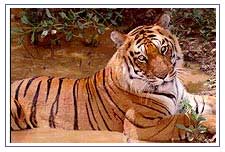
Besides animals, the place is also home to some of the very rare bird species including the Monal, Koklass and the Western Tragopan.
SafarisSnow LeopardMost of the areas of the park have remained unexplored because of the sheer difficulty of the train, which lend the place a unique thrill and rawness that few other parks in the country can offer. Trekking in the park is no easy task and requires a person to be in shape. It is better to do some prior preparation in the form of things to carry, which include basic trekking equipment such as tents, sleeping bags etc.
How To Reach Great Himalayan National Park
By Air:The airport at Bhuntar is 10-km from Kullu, where taxis and buses are available.
By Rail: The closest narrow gauge railhead is at Jogindernagar, 95-km from Kullu.
By Road: To get to the Great National Himalayan Park one has to take the eastern divergence at Aut on the Kullu- Manali highway. Aut is 45-km from Mandi and 30-km from Kullu. From Largi which is 4-km from Aut, two routes, one along the Sainj Nala, motorable till Neuli (26-km) and the other along Tirthan Nala, motorable upto Gushaini (28-km) lead to the park. The rest of the park has to be covered on foot as no mule or horse transport is allowed.
Travel Tips : Consult a doctor before you start your trip. Check that you have all the required documents with yourself to visit India and your desired destination.

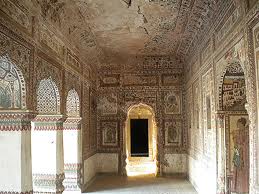
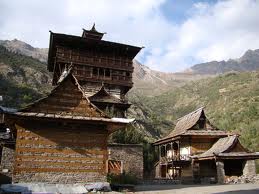
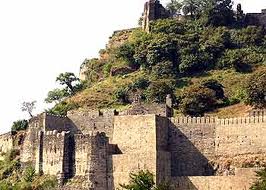
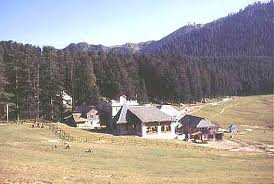
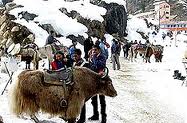
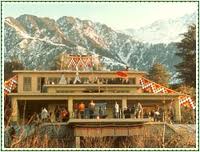
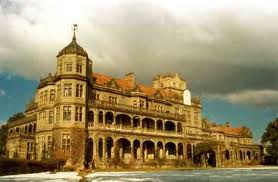




Wild Life Parks